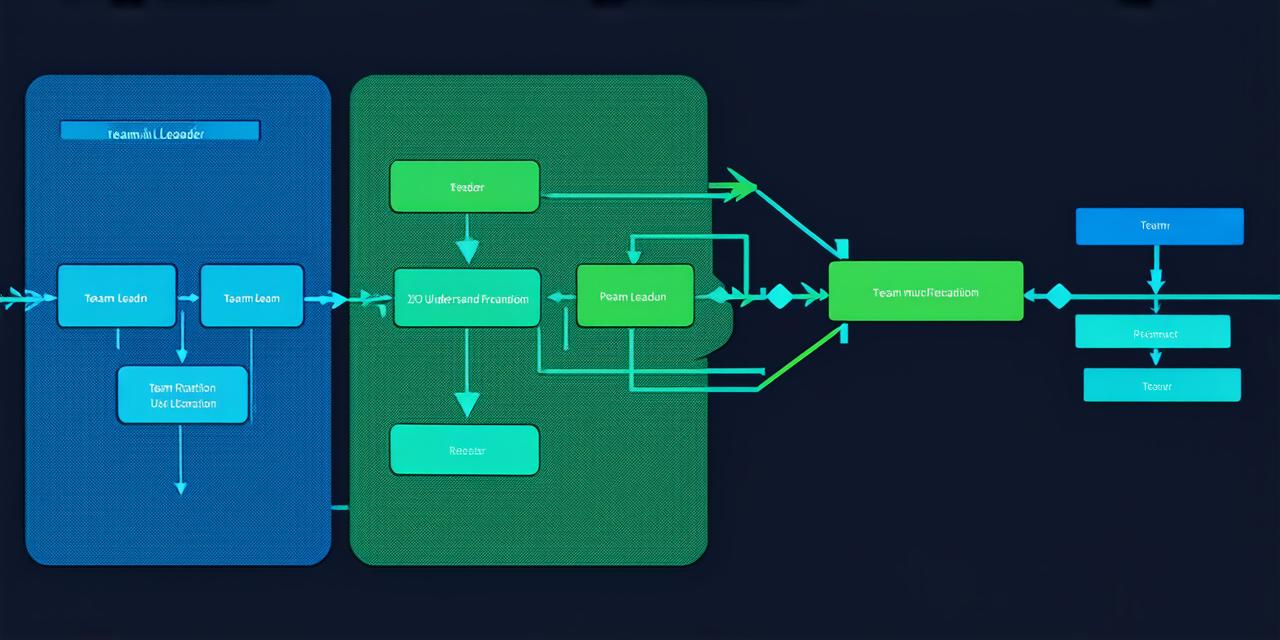A project team is a group of individuals who work together to achieve a specific goal or objective. The success of a project largely depends on the effective communication, collaboration and coordination among team members. In this article, we will discuss the various types of team structures and their impact on project success.
Types of Team Structures
There are several types of team structures that can be used in a project, including:
- Functional Teams
- Cross-functional Teams
- Self-managed Teams
- Virtual Teams
Functional teams are formed based on the specific skills and expertise required to complete a project. Each member has a distinct role and responsibility within the team, and they work together to achieve a common goal. This type of team structure is useful when the project requires a diverse range of skills and expertise.
Cross-functional teams are formed by bringing together members from different functional areas to work on a specific project. This type of team structure is useful when the project requires input from multiple departments or stakeholders.
Self-managed teams are formed by giving team members the autonomy to manage their own tasks and projects. This type of team structure is useful when the project requires a high level of flexibility and adaptability.
Virtual teams are formed by bringing together individuals from different locations to work on a project. This type of team structure is becoming increasingly popular with the rise of remote work and globalization.
Impact of Team Structure on Project Success
The type of team structure used in a project can have a significant impact on its success. Here are some key factors to consider:
- Communication
- Collaboration
- Coordination
- Flexibility
Effective communication is critical to the success of any project team. The team structure should facilitate open and transparent communication among team members, as well as with stakeholders and other parties involved in the project.
Collaboration is essential for achieving project objectives. The team structure should encourage teamwork and cooperation among team members, and provide opportunities for idea sharing and problem-solving.
Coordination is necessary to ensure that all team members are working towards the same goal, and that their efforts are aligned with the overall project objectives. The team structure should facilitate coordination by defining roles and responsibilities, and establishing clear lines of communication.
Projects often require flexibility and adaptability. The team structure should be able to respond quickly to changing circumstances, and provide opportunities for team members to adjust their roles and responsibilities as needed.
Summary
In conclusion, the team structure used in a project can have a significant impact on its success. It is important to carefully consider the skills and expertise required for the project, as well as the needs of stakeholders and other parties involved, when selecting a team structure. Effective communication, collaboration, coordination and flexibility are critical to achieving project objectives, and should be facilitated by the team structure.
